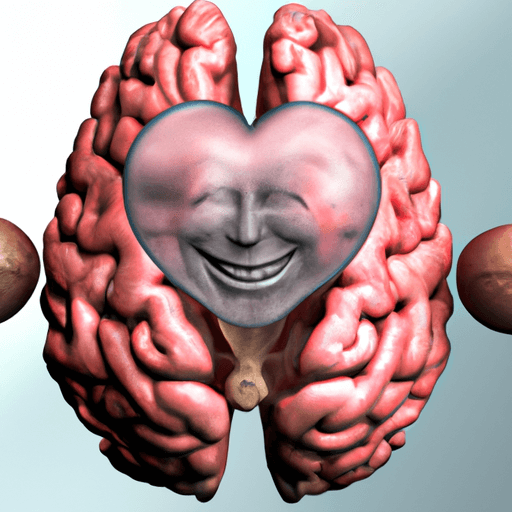Exploring the Pros and Cons of Declawing Cats
Declawing cats is a controversial topic that has been debated among veterinarians, animal welfare organizations, pet owners, and cat lovers for many years. On one hand, declawing can provide relief from the destruction of furniture and other items in the home, as well as protection from scratches to owners and other people. On the other hand, it can cause a number of medical and ethical issues, and it is a painful and unnecessary procedure.
Medical Risks
The most common medical risk associated with declawing cats is that it can lead to chronic pain and lasting damage to the paws. The procedure involves the removal of the entire claw, including the bone, tendon, and ligament. This can lead to infection, swelling, and lameness in the short term, and long-term issues such as arthritis, back pain, and behavioral problems. In addition, some cats may try to compensate for the reduced mobility and reduced ability to defend themselves, which can lead to further physical and psychological issues.
Ethical Considerations
From an ethical perspective, declawing cats is viewed as a form of mutilation, and it is widely opposed by animal welfare organizations. Most organizations believe that the procedure is unnecessary and cruel, and that it should only be performed as a last resort when all other alternatives have been explored. Furthermore, declawing can lead to behavioral issues such as increased aggression and biting, which can put cats at risk of being abandoned or euthanized.
Practical Benefits
Despite the potential medical and ethical issues associated with declawing cats, there are some practical benefits for cats and their owners. For example, declawing can prevent cats from scratching furniture and other items in the home, which can save pet owners money in the long run. In addition, it can also protect owners and other people from scratches, which can be especially beneficial for households with young children or people with weakened immune systems. Finally, declawing can also help to reduce the spread of disease, as cats’ claws can act as a vector for the transmission of parasites and bacteria.
Conclusion
Overall, declawing cats is a controversial and complex issue that has both potential benefits and risks. It is important to weigh all of the pros and cons carefully before making a decision, and to consider the opinions of veterinarians, animal welfare organizations, and other experts. Ultimately, declawing should only be done as a last resort when other alternatives have been explored, and only when it is in the best interests of the cat and its owner.


















Comments
Leave a Comment